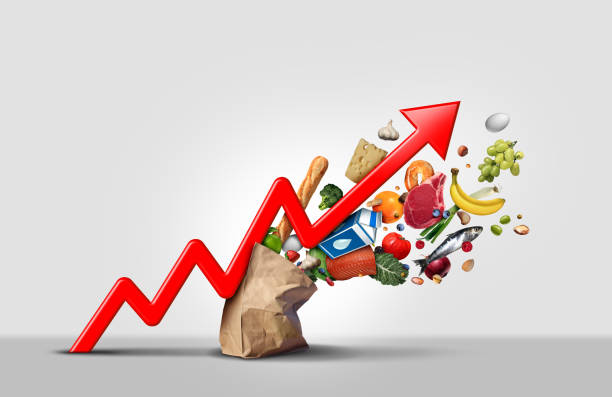Stock Markets Surge as Inflation Hits 5-Year Low and Monsoon Forecast Boosts Economic Outlook
Indian stock markets witnessed a robust rebound on Tuesday, with investors embracing optimism driven by multiple favorable economic indicators. The BSE Sensex soared by 1,577 points, or 2.1%, to settle at 76,734, while the Nifty 50 surged 500 points, or 2.19%, closing at 22,328. This bullish trend led to a massive increase in investor wealth, as the total market capitalisation of BSE-listed companies jumped by Rs 10.8 lakh crore to Rs 412.34 lakh crore. In a clear sign of reduced market anxiety, India’s Volatility Index (India VIX) plummeted by 19.8% to 16.13, indicating improved investor sentiment across the board.
Several factors powered the market rally, including global cues and domestic tailwinds. Internationally, the Trump administration’s softening stance on tariffs, especially towards automobiles, sparked a relief rally in global equities. A weakening US dollar and falling crude oil prices added to the positive momentum. Domestically, a strong performance from banking stocks helped lift the indices, while expectations of further monetary easing by the Reserve Bank of India (RBI) also supported market sentiment.
Adding to the cheer, India’s retail inflation in March 2025 cooled to 3.34%, the lowest in over five years, according to government data released on Tuesday. This figure was significantly below economists’ estimate of 3.60% and lower than the 3.61% inflation recorded in February. The decline was primarily attributed to softening food prices, with food inflation—comprising nearly half of the Consumer Price Index (CPI) basket—dropping to 2.69% from 3.75% a month earlier. Rural inflation eased to 3.25%, while urban inflation fell to 2.48%, showcasing a broad-based moderation.
Economists and financial experts are optimistic about further rate cuts by the RBI, which has already reduced the repo rate to 6.0% following two consecutive cuts. The central bank has maintained an “accommodative” monetary policy stance, suggesting that more easing is on the table to stimulate economic growth. Aditi Nayar, Chief Economist at ICRA Ltd., noted that food items like vegetables, meat, and eggs led the decline in inflation, while warning that rising summer temperatures could push perishable food prices higher in the coming weeks. However, the Indian Meteorological Department’s forecast of above-average monsoon rainfall provides hope for agricultural stability and price containment.
The government’s announcement of an expected above-normal monsoon in 2025 has further bolstered economic prospects. This marks the second consecutive year of favorable monsoon expectations, with rainfall projected to reach 105% of the long-term average. Given that nearly half of India’s farmland depends on the June-September monsoon rains, this forecast is crucial for crop yields, rural income, and inflation control. It will also support agricultural exports, particularly of rice, sugar, and onions, while reducing the country’s heavy dependence on edible oil imports. India, the world’s largest importer of edible oils, currently sources most of its palm, soy, and sunflower oils from countries such as Indonesia, Malaysia, Brazil, and Ukraine.
The convergence of these positive indicators—record-high stock market performance, cooling inflation, an accommodative monetary policy stance, and the forecast of a strong monsoon—is setting the stage for a potential sustained economic recovery. Experts believe the RBI may implement an additional 50 basis points rate cut over the next few monetary policy reviews, with a likely cut in June 2025 if inflation remains subdued and GDP growth does not unexpectedly accelerate. This would further enhance liquidity, boost investment, and support overall economic momentum.
Despite the encouraging signs, analysts advise cautious optimism, noting that global factors and corporate earnings results will play a pivotal role in determining the medium-term direction of the markets. Investors will be closely monitoring international developments, particularly US trade policies, as well as domestic corporate earnings to gauge the sustainability of the ongoing rally.
With retail inflation at a five-year low, a favorable monsoon outlook, and the RBI’s dovish stance, Indian markets appear poised for continued growth. However, sustained economic gains will depend on prudent policy measures, stable global conditions, and consistent domestic demand.
For video news updates and expert analysis, visit our YouTube channel THE OLIGO.

